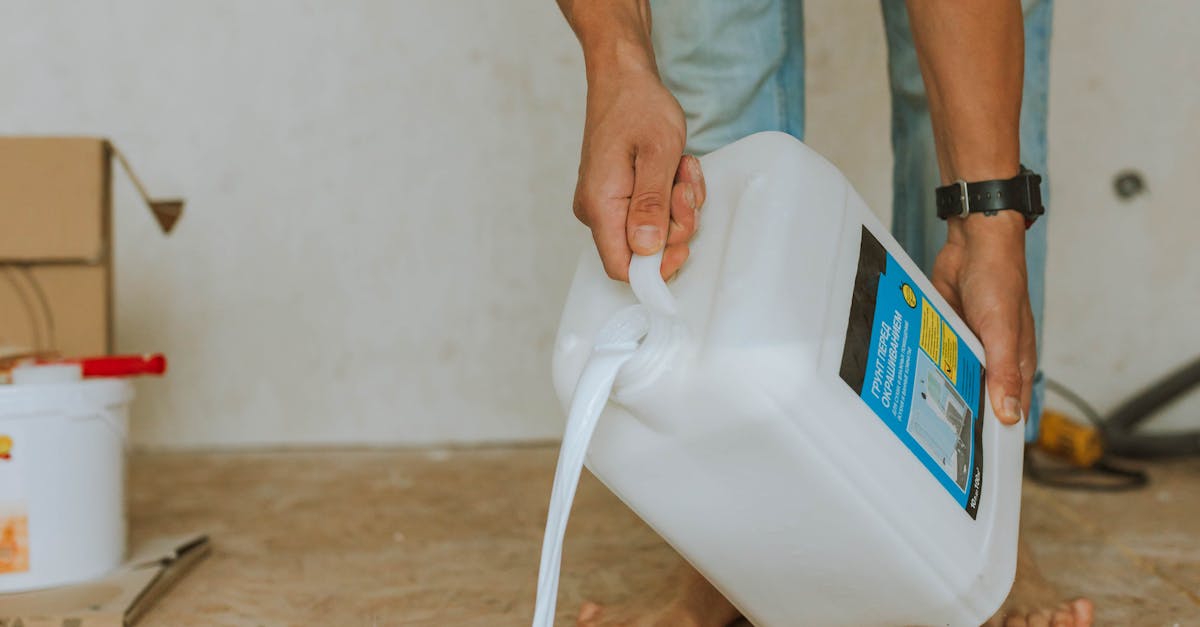
The Installation Process
Carpet installation involves several steps that require preparation and attention to detail. First, it's essential to gather all necessary tools and materials, including the carpet, padding, a utility knife, tack strips, and a carpet stretcher. Properly measuring the space ensures accurate cutting and fitting of the carpet. Having clear instructions or a reliable guide can significantly ease the process and help you avoid common pitfalls.
Once the area is prepared and materials are in hand, begin by removing any existing flooring and cleaning the subfloor. Lay down the tack strips around the perimeter of the room, positioning them appropriately to support the carpet edges. With the padding installed, the next stage involves cutting the carpet to size and securing it down. This phase requires careful stretching to eliminate wrinkles, ensuring a professional finish even if you opted for DIY carpet installation.
StepbyStep Guide to Installing Carpet Yourself
Before starting your carpet installation, gather all necessary tools and materials. You'll need a utility knife, measuring tape, tack strips, carpet padding, and the carpet itself. Begin by measuring the room to determine how much carpet is needed. Remove any old flooring and ensure that the subfloor is clean and dry. Lay down the carpet padding, securing it in place with staples or adhesive.
Once the padding is prepared, cut the carpet to size, allowing for some excess. Position the carpet on top of the padding and attach the tack strips along the edges. Use the utility knife to trim excess carpet at corners and doorways. Finally, stretch the carpet, securing it to the tack strips and making sure there are no wrinkles or bubbles. Proper carpet installation requires attention to detail for a smooth and lasting finish.
Potential Hidden Costs
When considering a DIY approach to carpet installation, potential hidden costs can quickly accumulate. It’s not just about the price of the carpet itself. Additional expenses can arise from the need for specialized tools or equipment that homeowners may not already possess. Renting a carpet stretcher or purchasing a seam iron can add to the initial budget, negating some of the cost savings associated with self-installation.
Another factor to contemplate is the likelihood of errors during the installation process. Mistakes such as improper cutting or measuring can lead to wasted materials, which may require purchasing extra carpet or padding. These unanticipated expenses can create a financial burden that overshadows the initial appeal of attempting a DIY carpet installation. Proper planning and research are essential to avoid financial pitfalls.
What to Watch Out For When Installing Carpet
When undertaking carpet installation on your own, certain challenges may arise that can complicate the project. Improper measurements can lead to excess or insufficient materials, both of which may incur additional costs and delays. Familiarizing yourself with various carpet types and their specific installation requirements is essential, as misjudging the compatibility of a carpet with your space can result in a subpar finish.
Additionally, failures in the preparation phase can significantly impact the success of the installation. Ensuring the subfloor is clean, dry, and level is crucial to avoid issues like rippling or uneven wear once the carpet is laid down. Gathering the right tools and materials in advance helps streamline the process, but overlooking even minor details can lead to larger problems later on. Awareness of these potential pitfalls will help in achieving a more satisfactory outcome with your carpet installation.
Time Investment in DIY Installation
When considering DIY carpet installation, time investment is a crucial factor. The process involves a series of steps, including measuring, cutting, and fitting the carpet. Each stage can take longer than expected, especially for those unfamiliar with the intricacies of carpet installation. Preparations like removing old flooring and ensuring the subfloor is clean also add to the overall time commitment.
In contrast, hiring professionals for carpet installation typically results in a more efficient use of time. Experienced installers can complete the job quickly, often within hours for an average-sized room. Their expertise not only speeds up the process but also minimizes the risk of mistakes that could lead to additional time spent correcting errors. Weighing these considerations can help in deciding whether to undertake the installation yourself or seek professional assistance.
Comparing Installation Time Between DIY and Hiring Professionals
When considering carpet installation, many homeowners may find themselves weighing the time commitment of a DIY project against hiring professionals. A DIY installation may take longer than anticipated, especially for those unfamiliar with the process. The complexities of measuring, cutting, and fitting carpet can lead to unexpected delays that extend the timeline.
On the other hand, hiring professionals for carpet installation often results in a faster turnaround. Experienced installers come equipped with the right tools and techniques to complete the job efficiently. They can manage the logistics and potential hurdles seamlessly, allowing homeowners to enjoy their new flooring without the prolonged time investment associated with a DIY approach.
FAQS
Is it really cheaper to install carpet myself instead of hiring a professional?
Yes, installing carpet yourself can save you on labor costs, which is often a significant part of the total installation expense. However, you should consider your own skill level and the potential for hidden costs.
What tools do I need to install carpet myself?
Essential tools for DIY carpet installation include a carpet stretcher, knee kicker, utility knife, measuring tape, and a staple gun. Additional materials like carpet padding and adhesive may also be necessary depending on the type of carpet being installed.
Are there any hidden costs I should be aware of when installing carpet myself?
Yes, potential hidden costs can include purchasing or renting tools, buying additional materials, and any repairs needed if the installation does not go as planned. It's important to budget for these factors to avoid surprises.
How long does it typically take to install carpet on my own?
The time required for DIY carpet installation varies based on the room size and your experience level, but it generally takes several hours to a couple of days. Compare this with a professional who can complete the job in a day.
What are the potential risks of installing carpet myself?
Risks include improper installation that can lead to wrinkles or seams that don’t match properly, which may necessitate hiring a professional to fix mistakes. Additionally, lack of experience can result in injuries if safety precautions are not followed.
